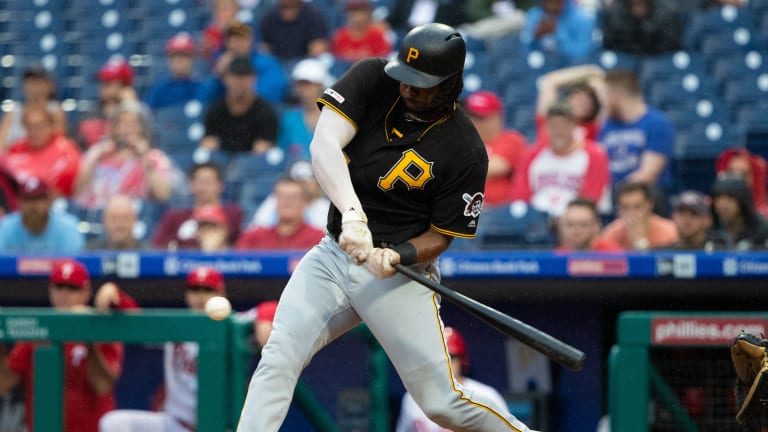
What Happened During Josh Bell's Second-Half Slump?

Pittsburgh Pirates' first baseman Josh Bell looked like an MVP candidate midway through the 2019 season. He was leading the league in RBIs, he was hitting for average, and on pace for almost 50 home runs. But, then the all-star break happened and everything changed for Bell. With trade rumors swirling about the Pirates' young star, I wanted to take a look at his polarizing year to see what happened to spark such a decline.
For context, here are his first and second half splits from Baseball Reference.
- 1st half: .302 BA/27 HRs/84 RBIs
- 2nd half: .233 BA/10 HRs/32 RBIs
In order to analyze Josh Bell at the plate, you must first acknowledge that he is a switch hitter. While he is significantly better from the left side of the plate, both from a power and average standpoint, his ability to swing from either side is part of the Jekyll and Hyde story from last season.
It appears as if teams were unaware or unconcerned with his preference for the left side as they didn't seem to make much of an effort to force him to the right side of the plate early on. As you can see from the graph below, there was a more concerted effort by teams to match Bell up with left-handed pitches in order to force him to his weaker side.
While I could have stop there after seeing Bell's splits between right and left-handed pitching, it didn't feel like the whole story, and it wasn't.
It wasn't just who was pitching to Josh Bell that made a difference, but also how they were pitching to him.
Early in the season, Bell feasted on first pitches, hitting .366 with 14 extra base hits. That makes sense considering 57.6% of first pitches to him last season were fastballs, and he is a good fastball hitter. So, his approach was to sit on the fastball, and he was right more often than not.
Pitchers caught on to this and you could see in the deviation from the original plan against Bell. After the all-star break, he saw fastballs on only 49% of first pitches. It's not a huge decrease, but a bet on a fastball went from being a winning one to a losing one, and it kept Bell off-balance.
Pitchers started throwing more and more breaking balls and changeups to Josh low in the zone, and, at 6'4" he had trouble reaching them.
That's not all though. Remember when I said that Bell got more lefty match ups in the second half of the year? We already went over how he struggles against lefties, but what's interesting is that it's a south paw's fastball that he has the hardest time with. With his bat speed being slower from the right side of the plate, it becomes more important that he is able to sit on the fastball and guess correctly. Considering the better mix from opposing pitchers during the second half of the season against Bell, he wasn't able to do that. He was 1 for 16 against lefty four seamers in the second half of the season.
Hitting coach Rick Eckstein, who will be back this season, knows what he's doing and will be able to correct Bell's plate approach. I would suggest more patience from him, particularly against lefties. Josh's at-bats ended with only one pitch 13.3% of the time last season. That works great when you know what's coming, but, as we saw in 2019, pitchers catch on and adjust. Bell will need to do the same in 2020.
Whether he does that with the Pirates in 2020 is up to Ben Cherington, and we should learn more of his plans for Josh Bell this week as he, and the other GMs, are in San Diego wheeling and dealing during baseball's Winter Meetings.
There are almost certainly other factors at play that caused Bell's second-half slump, and, perhaps if he is still with the team in a month, we will go more in-depth into it if warranted. The way I see it, this is a product of Bell not quite being the complete hitter that he likely will be in the future. He's still young and his weaknesses are easier to take advantage of now than they will be when he is more experienced and savvy at the plate.
Follow Jared on Twitter: @a_piratelife
